Potomac Animal Wellness Services understands the importance of your pet’s safety during any surgical procedure. Our Indian Head, MD, veterinarians use innovative technology and follow rigorous guidelines to help ensure your pet is safe and comfortable before, during, and after any dog or cat surgery performed at our animal hospital.
Or give us a call today at (301) 743-5411
Our Pet Surgery Protocol
When your pet is scheduled for surgery at PAWS, the procedure will take place in our state-of-the-art surgery suite which is a safe and sterile environment. Your veterinarian will aseptically scrub his hands, and along with the rest of our team wear clean caps, masks, and scrubs to maintain cleanliness and reduce risk of any infection. All equipment used during the procedure is sterilized in a high-pressure, high-heat autoclave and only opened upon use at the beginning of your pet’s surgery.
We require pre-anesthetic bloodwork to assess your pet’s health and check for any issues such as unusual liver or kidney functions. Your pet’s liver and kidney function are vital to processing the anesthesia your pet receives during surgery.
A highly trained member of our team will be tasked with closely managing your pet’s vitals including heartrate, respiratory rate, ECG, and the oxygen saturation of their blood throughout the procedure. This allows us to identify and address and possibly prevent any problems. Your pet will have an IV catheter placed so they can receive fluids or medication during the surgery. Your pet is also intubated to allow our team to monitor and control their breathing.
At PAWS, we practice pain prevention which means providing pets with a combination of pain-management medication prior to surgery. This also helps relax your dog or cat and enables us to administer a lower dose of anesthesia and increase their safety. We also provide oral pain medication to help ensure your pet has a pain-free recovery once they leave our animal hospital.


